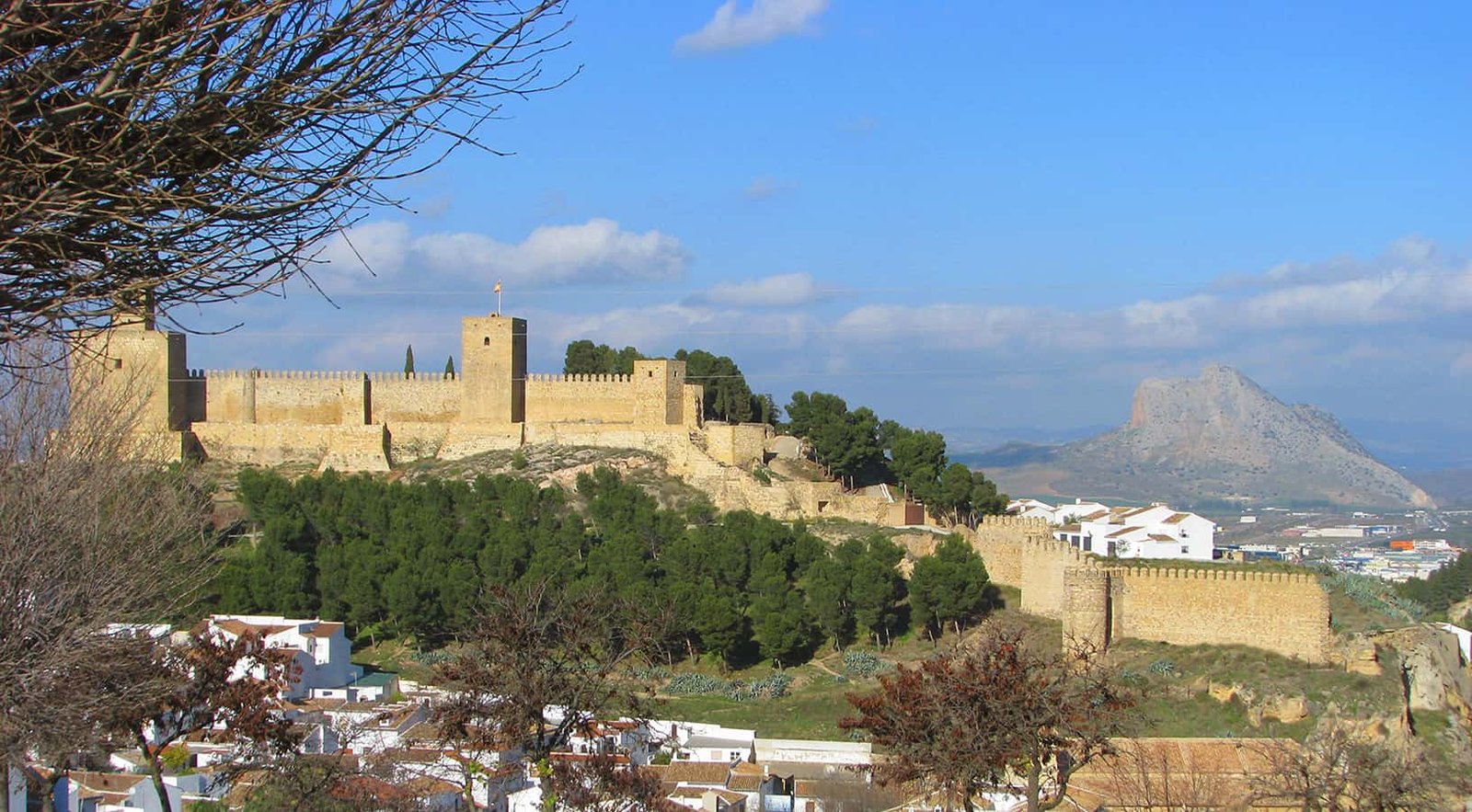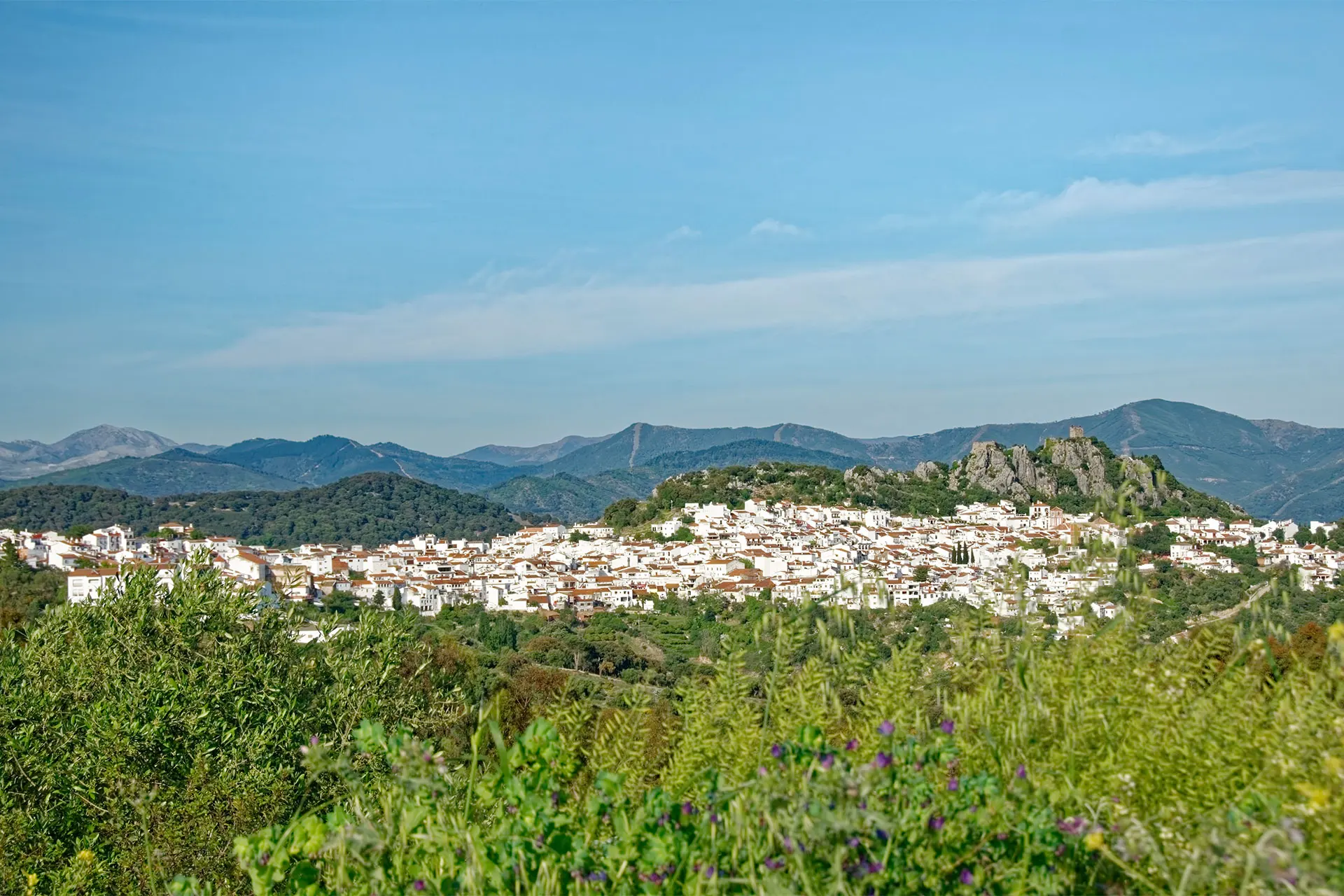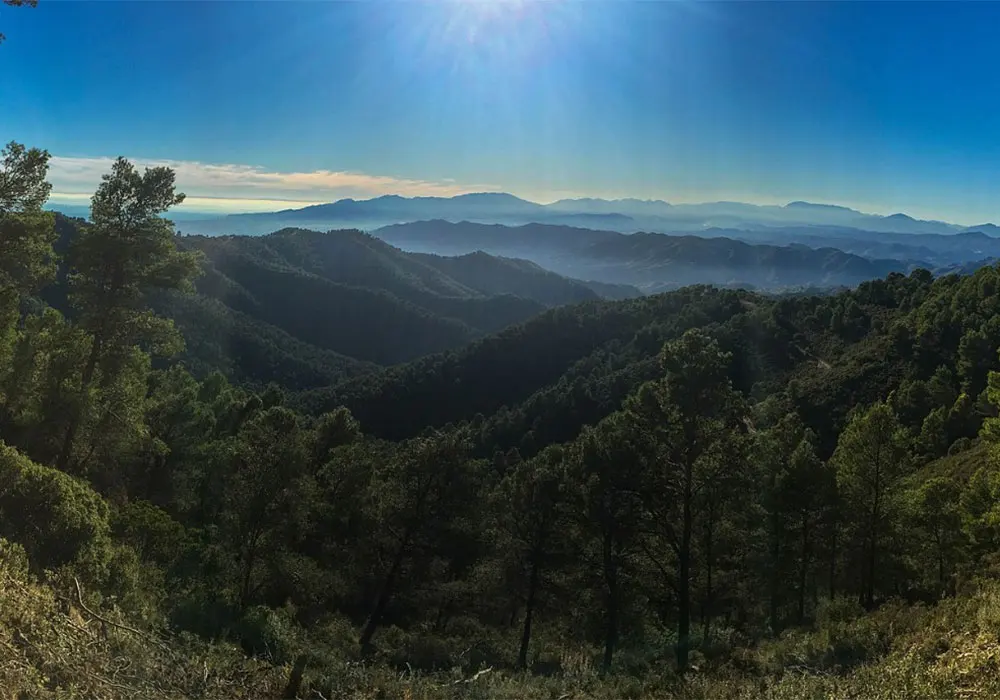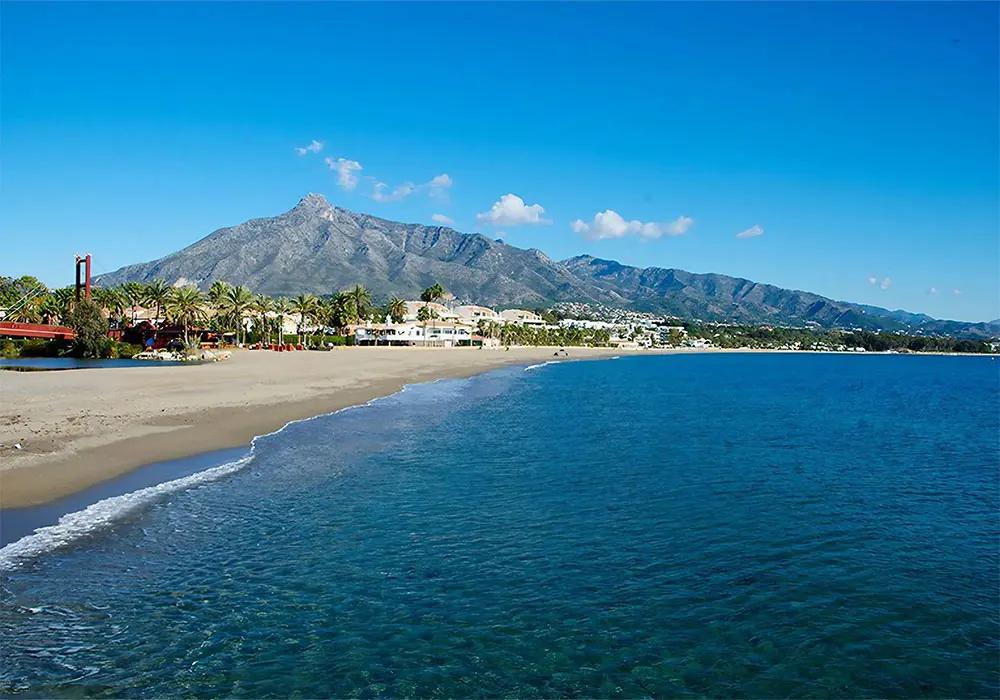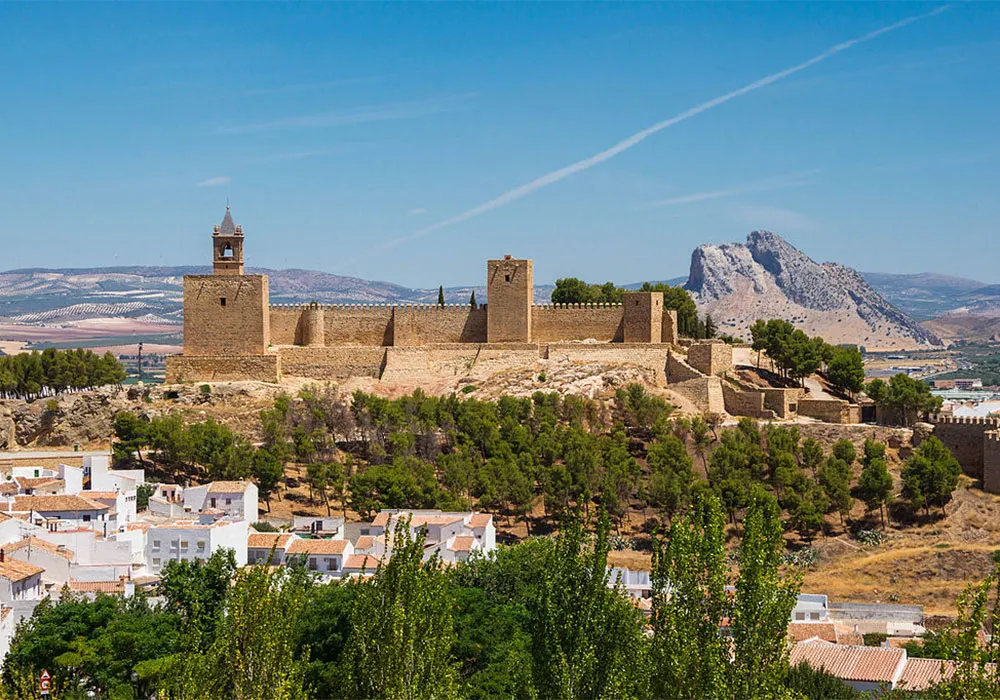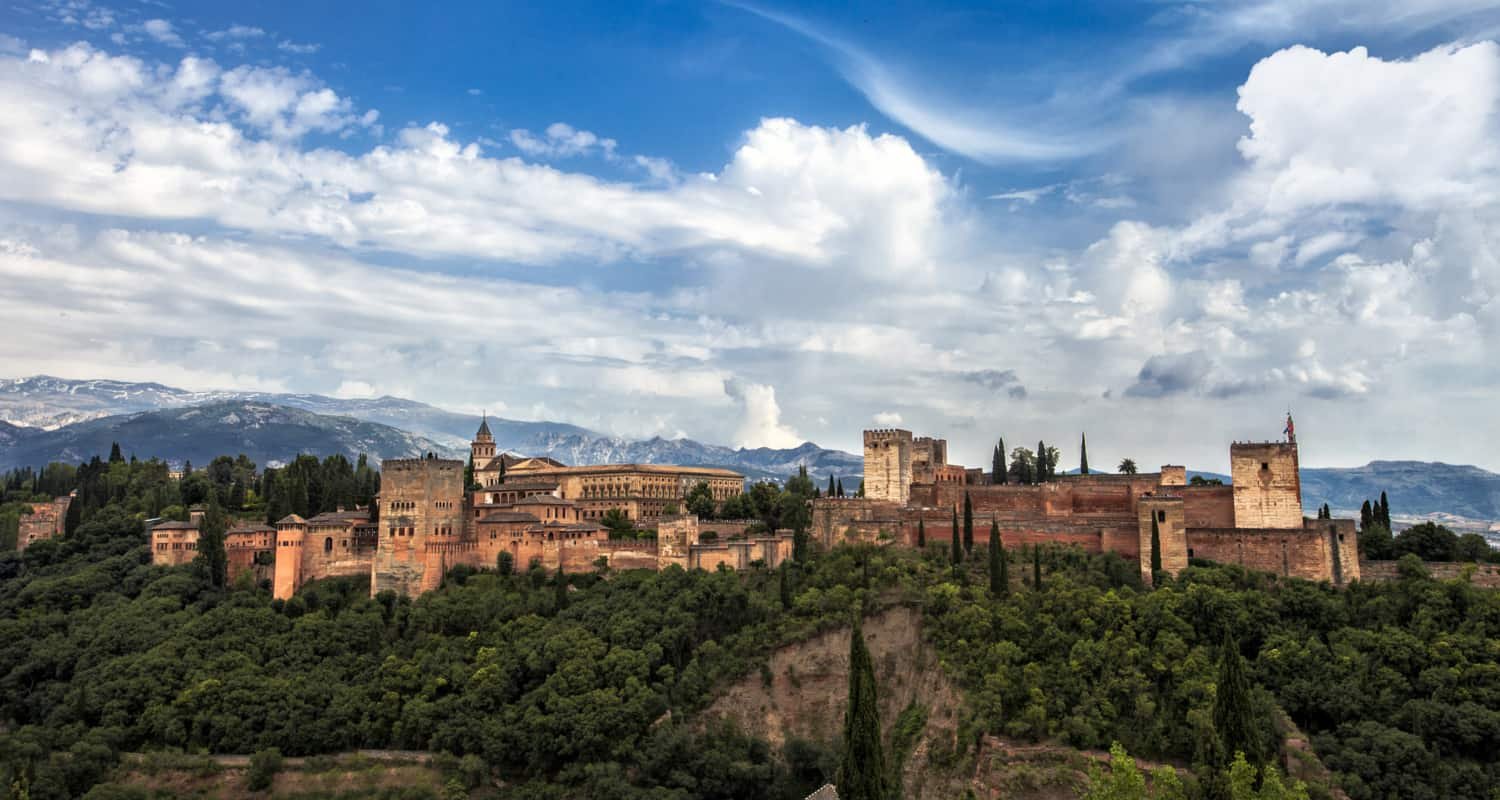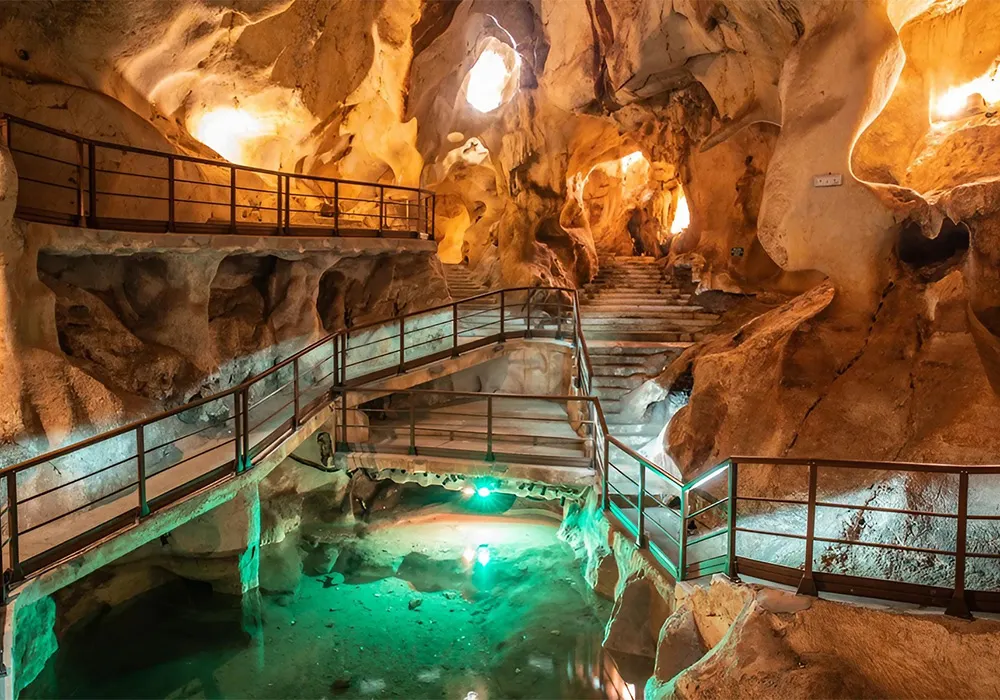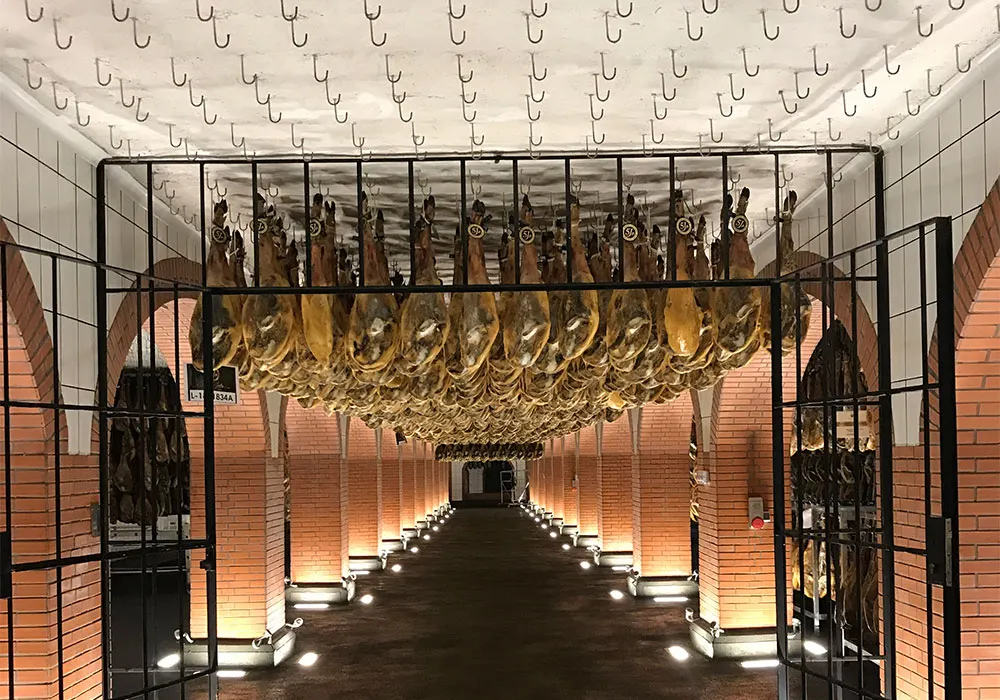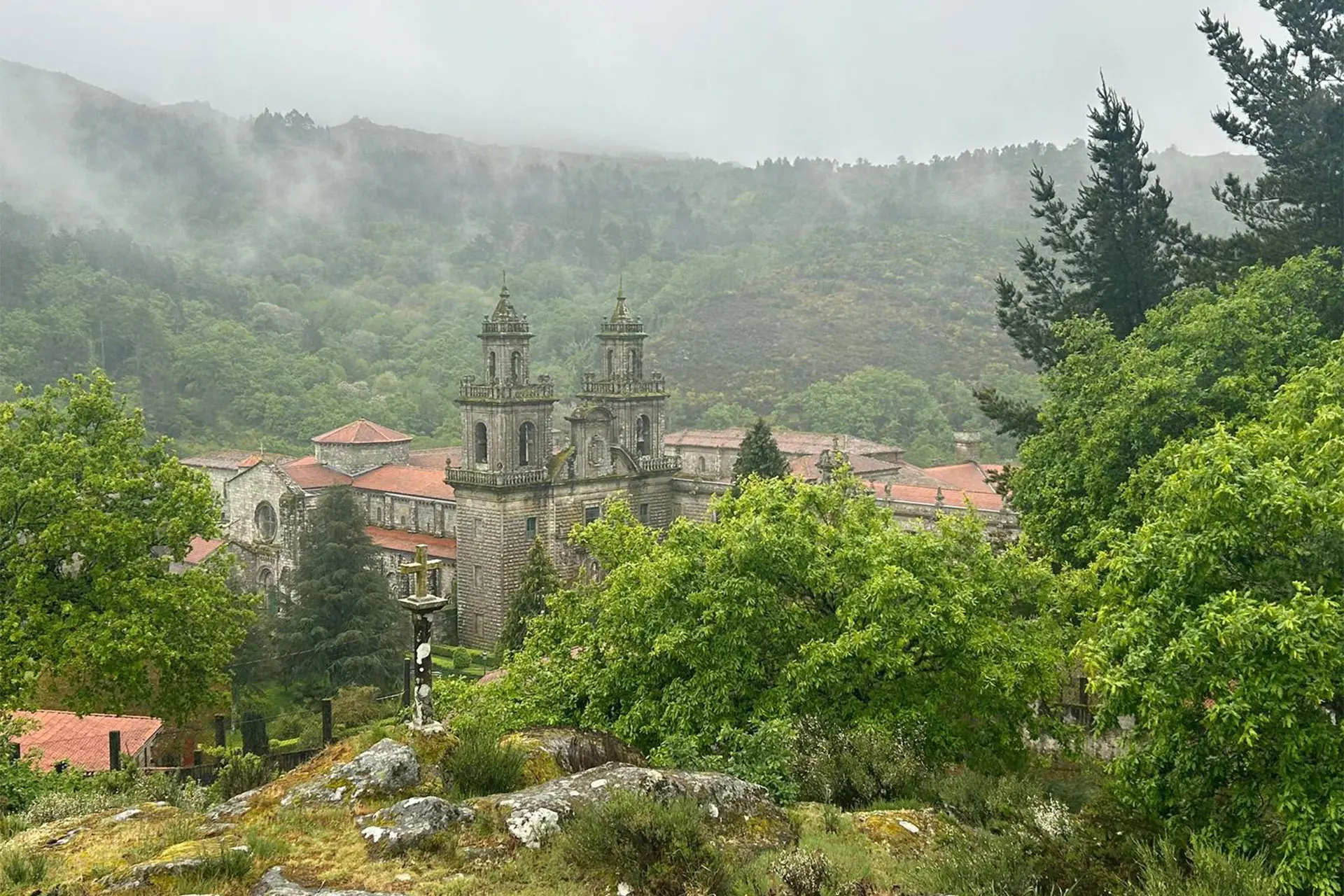
The Camino de Santiago draws travellers for many reasons: forging new connections, embarking on spiritual or cultural journeys or seeking athletic challenges.
What is often not considered, yet comes as a wonderful surprise, is the natural splendour found along the different Camino routes.
Toma & Coe offer three routes along the Camino, and the Via de la Plata through Andalucia and Extremadura has incredible landscapes and wildlife. The natural cathedral of the Dehesa is home to a choir of birdsong, the perfect soundtrack to your transformative Camino.
The Via de la Plata – Camino Part 2
From the city of Cordoba, our pilgrims pass into Extremadura, along the Via de la Plata, through the gorgeous Dehesa landscape.
Natural wonders of the dehesa
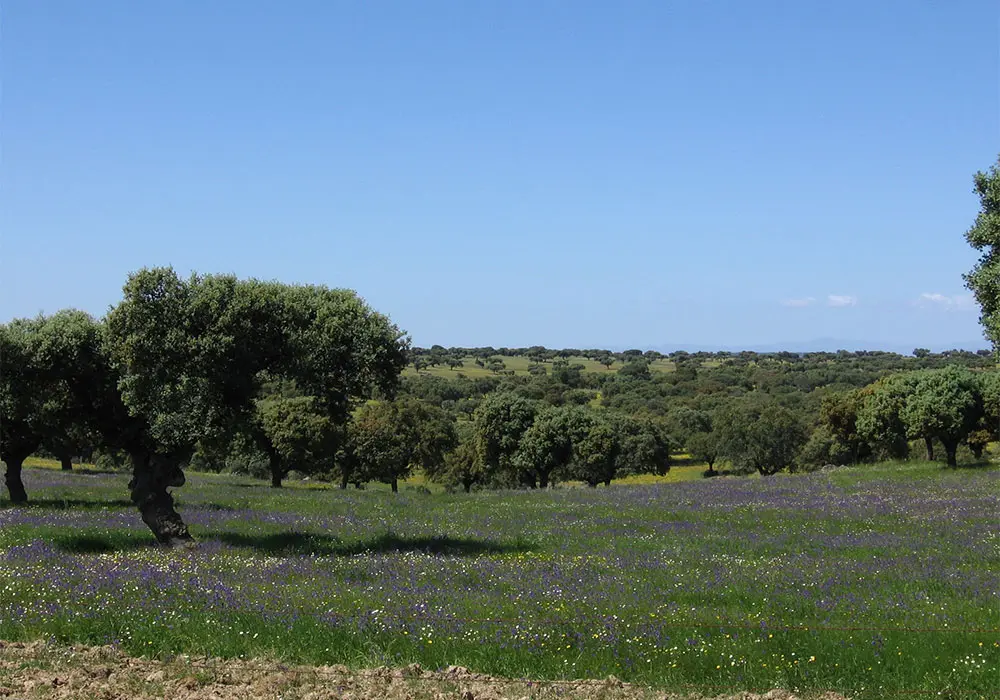
The dehesa is one of the few ecosystems where human intervention continues to enrich and sustain the landscape, benefiting both wilderness and mankind. This tradition dates to the Bronze Age and beyond and is described by the European Forum on Nature Conservation and Pastoralism (EFNCP) as the “best example of man and nature working together in the world.”
Within the dehesa, Spain’s iconic domesticated animals thrive. The renowned Ibérico pig roams among the holm and cork oaks, feasting on sweet acorns, alongside local breeds of cattle, sheep, and goats finely attuned to this specialised habitat over centuries of breeding.
At its heart stand ancient oaks and prized cork oaks within an ecosystem yielding a bounty of natural treasures, from wild mushrooms and honey to aromatic firewood. And among this forested land is one of the highest densities of breeding bird species in Europe – with birdsong ever present.
Cultural highlights

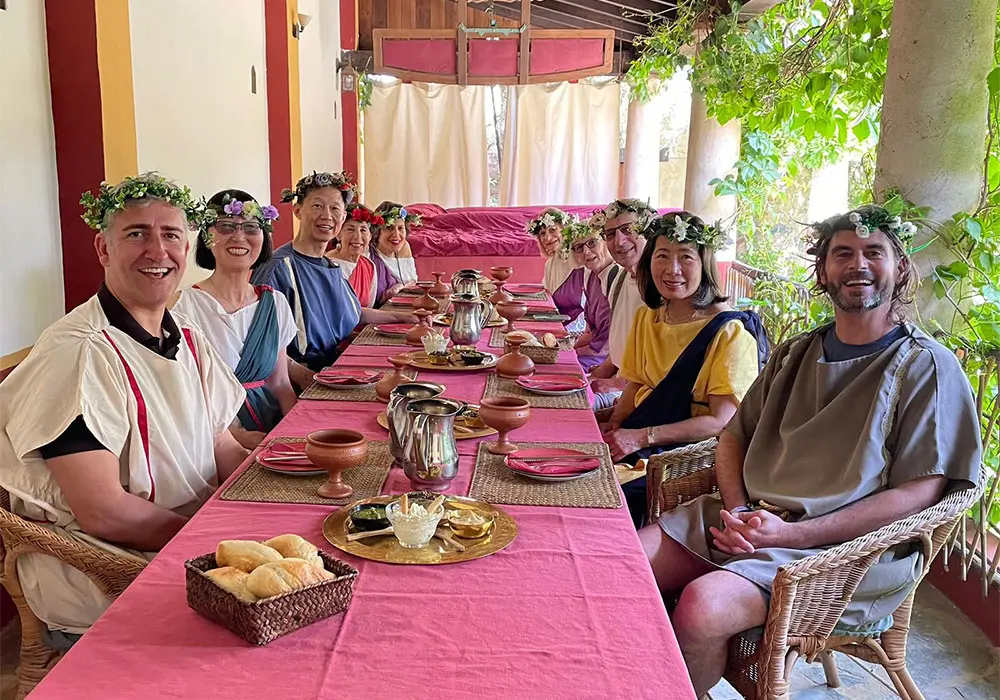
Part 2 of Toma & Coe’s Camino de Santiago starts and finishes at UNESCO World heritage sites – Córdoba and Salamanca – which sandwich yet more: Mérida and Cáceres.
In 25 BC, Emperor Augustus of Rome established Emerita Augusta on the Iberian Peninsula to house veterans of his army, birthing Mérida, the most important Roman city in the region.
Today, Mérida has a modern cityscape infused with a laid-back ambience, vibrant social life, and a plethora of superb dining options. Among its Roman relics, the theatre and amphitheatre stand out. Spanning the Guadiana River is the Puente Romana, the world’s longest surviving bridge from antiquity, connecting Mérida’s past with its present.
Cáceres was established as Norba Caesarina in 34 BC by the Romans. Remnants of that era endure, notably the city gate known as Arco del Cristo, integrated into the city walls. Enclosed within these fortifications lies a medieval town, seemingly frozen in time.
The golden hue of the stone structures exudes an enchanting charm, whether illuminated by daylight or nightfall. Meander through narrow passageways, emerging into quaint squares adorned with a blend of Roman, Moorish, and Italian Renaissance architectural motifs.
In Mérida and Cáceres, we take time to explore the rich heritage of both scintillating towns.
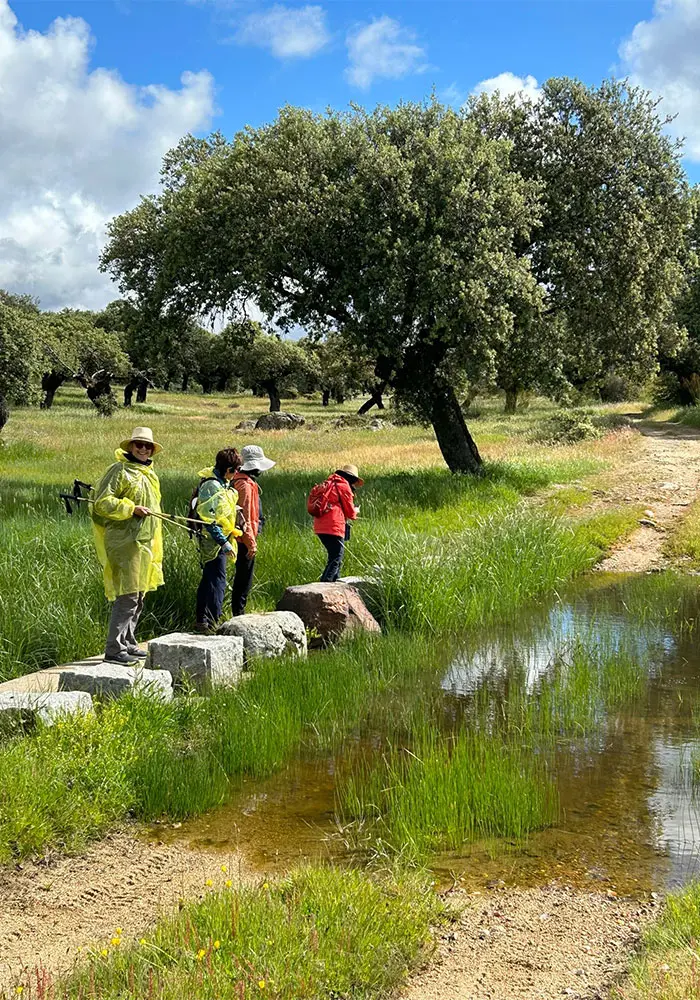

Join us on our next Camino where you will enjoy walking, a spiritual pilgrimage, gourmet food, cultural visits, birdsong, wild flowers, UNESCO World Heritage sites, natural beauty and comfortable hotel accommodation – a truly unique and transformative experience.
Inspired by the birds seen and heard on the Camino part 2 this April, Manni penned the following poem.
The Silver Route to Salamanca
Red Kite,
Starry Night.
Spoonbill,
Worries nil.
Eurasian blackbird trills the air,
Pilgrims walk without a care.
Common Chaffinch, Mistle Thrush,
How lovely not to have to rush.
Extremadura, of earthly delights,
Holm Oaks, rivers and storks on heights.
An explosion of colour, wild flowers abound,
A short-toed Treecreeper avoiding the ground.
An Eurasian Hoopoe gifts us his song
As we follow the arrows all day long.
Nothing but nature to bask and delight,
As a Bonnelli’s Warbler takes to her flight.
Little Egrets, Geese, and Mallards bob on a lake,
We leave nothing but footprints, only photos we take.
There is nothing common about the cuckoo’s call,
Golden Oriole’s song, the clearest of all.
Corn Bunting, Blackcap, Sparrow and Dove,
Cooing through leaves of the trees above.
No single magpies, only two by two,
Pure joy beats the sorrows for me and for you.
Birdsong in symphony and then the sweetest of all,
We stop in our tracks to hear Nightingale’s call.
©Manni Coe
Did you count the birds?

